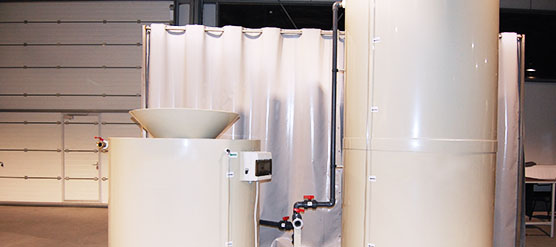Functionality
translations.pentru-functionarea-optima-a-site-ului-si-pentru-o-navigare-prietenoasa-aceasta-optiune-nu-poate-fi-dezactivata
What is calcium chloride
Maintaining roads in winter is a major issue for the traffic safety, therefore for the people too. That is why it should be paid a great attention for the snow removal services and methods by which these processes are being made.
Calcium chloride is the optimal solution for reliable snow removal and preventing frost, with a lot of benefits due to its properties and characteristics. Also, it is more effective than the classic one with salt and sand, because in contact with the ground it is being kept dry, avoiding the accumulation and deposition of sand and asphalt destruction.
Calcium chloride is a relatively new method used for the actions of snow removal and other adjacent branches in Romania, but in other countries began to be used since 1940, after there were noticed positive characteristics which stood above other processes mentioned above.
As mentioned above , calcium chloride is an optimal element in maintaining roads in winter , better than other substances. Taking the example of salt, below you cand find disadvantages compared to calcium chloride:
· Drastically reduces its effectiveness at temperatures below -4 C
· In the same conditions of temperature, the amount of melted ice is reduced
· It has a slower power of action
· It has a negative environmental impact
· It deteriorates the asphalt and it is corrosive to the car body

Referring to options and solutions that we can adopt to implement actions for snow removal, calcium chloride is observed due to several factors and presents multiple advantages:
For the cold period targeting the road maintenance, CVWATER develops and markets technologies and equipments that use calcium chloride, with preparation, storage and pumping stations, consisting of:
The equipments we propose are compact and easy to use systems, and imply easy maintenance operations and easy transportation due to its low specific weight, occupy a reduced space, have high mechanical resistance and long lifetime.